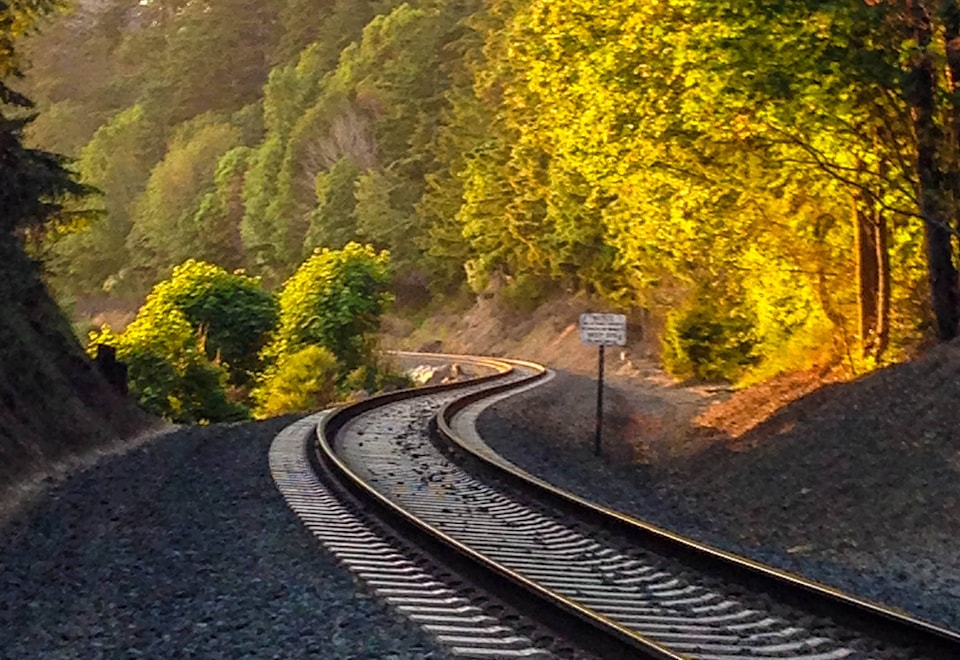This summer, Alberta RCMP have responded to two fatalities at train crossings in the province. Alberta RCMP would like to remind the public of some safe practices they can use when travelling across train crossings to ensure they make it to their destination safely.
According to Operation Lifesaver, an organization dedicated to preventing collisions at railway crossings and railway trespassing incidents in Canada, every year, more than 100 Canadians are seriously injured or killed as the result of railway crossing or trespassing incidents. Almost every one of these incidents is preventable. A few easy steps can help enhance safety around train crossings:
· Know your railway signs. Railway signs and warning devices are installed along roads and at railway crossings to warn drivers and control traffic. They save lives, so get to know what they mean.
· Look and listen for trains. When approaching a railway crossing, slow down, look both ways and listen for trains. Turn down any music, ask passengers to be quiet and open your window to better hear approaching trains.
· Obey all railway signs and signals. Obey all railway signs and warning devices. At railway crossings with active warning devices, remain stopped until the gates are fully raised and the lights stop flashing. Before proceeding through any railway crossing, ensure you have a clear view of the tracks and are certain no other trains are approaching from either direction.
· Stay alert. Do not use your cell phone or other devices while driving. Today’s trains are fast and extremely quiet, so if you are distracted when approaching a railway crossing, you are putting your life, and the life of your passengers, in danger.
· Never race a train. A train hitting a car is like a car running over a pop can: the average train weighs more than 5.5 million kilograms. In comparison, a car weighs about 1,375 kilograms. Because of a train’s size, it is also hard to judge how far away it is or what speed it is travelling at.
In addition, trains can take up to two kilometers to come to a complete stop. That is equivalent to the length of 18 football fields. A motorist is 40 times more likely to die in a collision with a train than in a collision involving another motor vehicle. By following a few safety guidelines, drivers can help ensure they make it to their destination safely.
“Please stay alert and obey all railway signs and warning devices,” says Staff Sergeant Brent Meyer of Central Alberta District RCMP, “Those few seconds may save your life or the lives of your passengers.”
For more information on railway safety, please go to operationlifesaver.ca.
